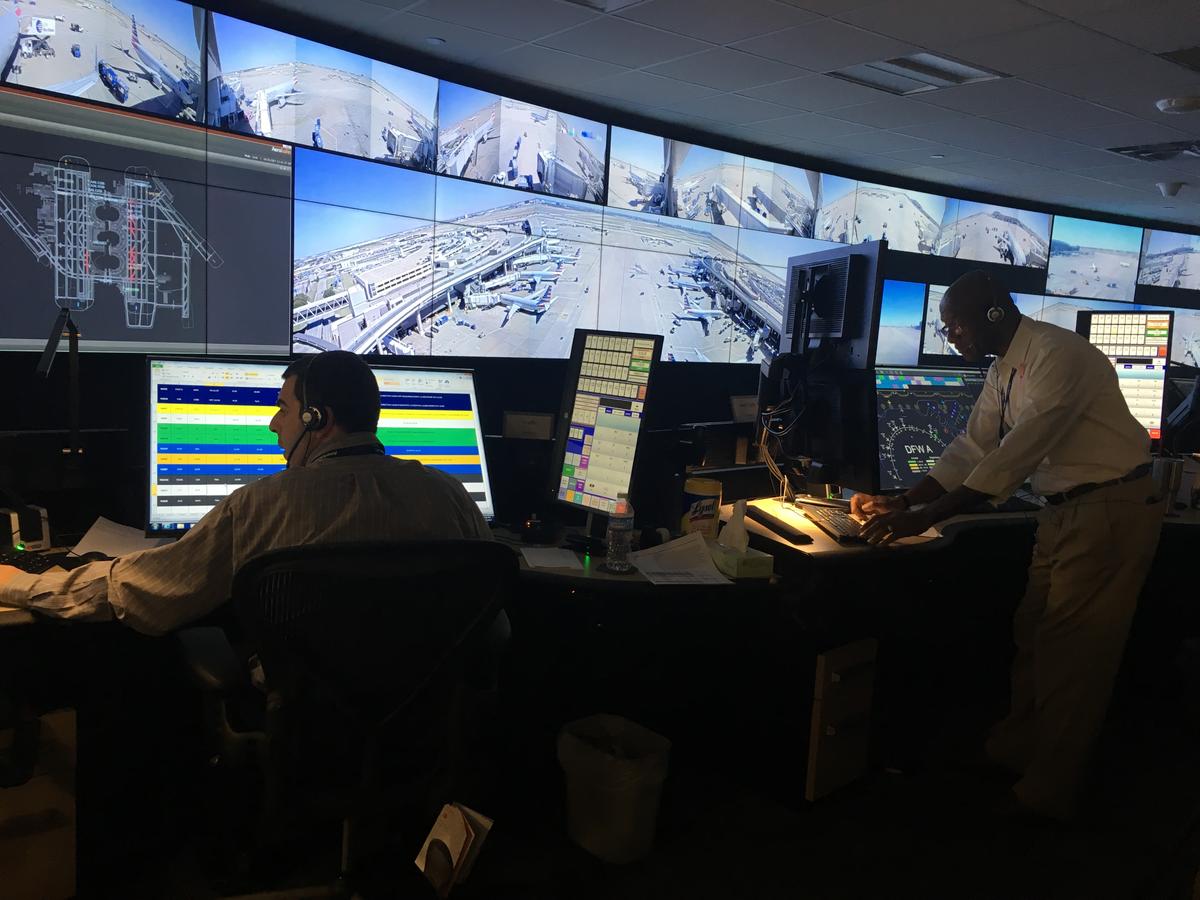The Command Center of the Future
 By Dan Gundry, National Control Room Sales Director, Vistacom
By Dan Gundry, National Control Room Sales Director, Vistacom
At the center of an enterprise organization’s security operation stands its nucleus, arguably one of the most important pieces for overall functionality and efficiency: a command center or Security Operations Center (SOC). A place where a variety of systems and solutions come together, the command center exists to provide a common operational picture, mitigate threats, and promote enhanced communication during an incident.
The goal of any command center is to monitor, assess, and respond to a variety of threats and incidents. As technologies advance and trends develop, so too do the strategies in place to meet this goal. Looking ahead, we can expect to see the following elements shape the command center of the future:
Convergence
- Systems. Command centers today combine a number of security components, such as video, audio, video management, access control, intrusion, and more. But as end users demand an emphasis on the full umbrella of security rather than small silos, we’re starting to see facilities include additional pieces, such as risk and threat assessment, employee travel, and social media monitoring.
- Data incorporation. Almost all of the latest devices and applications are driving big data; the amount of information available to command centers will only continue to increase, and as analytics improve, effective data aggregation must follow. The command center of the future will include dashboards that can make sense of a large amount of information and put it in a digestible format to drive streamlined decision-making.
- Network. The wall between cyber and physical security has begun to come down, as stakeholders realize the need for collaboration to protect the entire enterprise. Visualization platforms in command centers, such as video walls, will take advantage of the growing and valuable network architecture, resulting in less hardware, more redundancy, and more reliability.
- Communication. No longer are the days when all decision makers are in the same area as the command center. They are spread out across buildings, campuses, or even farther. Communications must include the ability to send a shared perspective of real-time content about a situation from within the four walls of the command center and beyond to first responders and stakeholders no matter where they may be to make informed decisions and implement responses.
Artificial Intelligence
Today’s security threats require a predictive and preventative stance, and emerging technologies such as analytics and machine learning allow security operators to stay ahead of the game. Artificial intelligence (AI) enables the ability to learn behaviors, making the detection and communication of anomalies easier and responsiveness more comprehensive. Tools that automate situational awareness and integrate platforms can provide operators with more timely and accurate information upon which they can base their decisions.
Virtual and Augmented Reality
The command center of the future will likely contain fewer brick-and-mortar aspects and more virtual concepts throughout. Forms of augmented reality will facilitate the merging of video with big data for an even more enhanced operational landscape, improving overall collaborations and responsiveness.
Enterprise organizations rely on their SOC for business operations and in times of an emergency, and as risks become more severe, a complete situational picture is necessary. Convergence, AI, and virtual reality will allow operators in command centers to achieve this by promoting automation, awareness, and rapid responses.
To see the Command Center of the Future at GSX 2018 by ASIS International, visit Vistacom at Booth #2967.
